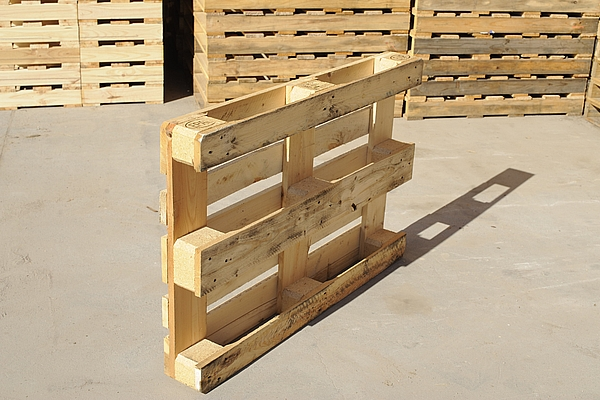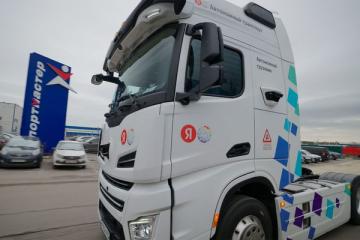
The year 1961 was significant for several reasons. With Juri Gagarin, we ventured into space for the first time, in Germany, the Berlin wall was built and in France, the original, the Europallet (EUR-pallet) came into the world. Since then, our lives have changed considerably. Space travel has developed further and the Berlin Wall has disappeared once more. One constant over the years, however, remained in body and appearance. With its characteristic dimensions of 800 mm x 1,200 mm x 144 mm, it is one of the unsung protagonists of logistics - the Europallet.
Revolution in logistics
The introduction of the EUR-pallet increasingly revolutionised logistics throughout Europe and beyond in 1961. Even just the use of the pallets halved the time required to load railway carriages. The world of logistics is based on its dimensions - from the dimensions of storage spaces, to transport systems all the way to storage spaces in HGVs and goods lorries. With its rapid spread, an international exchange system also established itself from the start. Through this, the Europallet quickly caught on. Today, 600 million EUR-pallets are in use worldwide.
Worldwide exchange of EUR-pallets protects the environment
The reusability and the exchangeability of the EUR-pallets make them sustainable load carriers. Furthermore, it is primarily made from the renewable resource wood. Depending on its use, one EUR-pallet can be used on average around six to seven times before it is repaired and then used again. The “EUR” symbol on the pallet is a guarantor of its exchangeability.
Quality-tested, durable and protected
A significant success factor in the EUR-pallet’s triumph is the strict quality control. Europallets may only be manufactured and repaired by authorised companies. The use of the correct type of wood with a corresponding maximum wood humidity is decisive for the durability and bearing capacity of max. 1,500 kg. 11 boards, 9 blocks and 78 nails are the fixed components of one EUR-pallet.
The checking of the manufacturing and repair quality is carried out by the international railway union, internationale des chemins de fer (UIC). Only pallets, which are labelled with the characteristic “EUR” symbol, correspond to the quality requirements. The UIC (which will celebrate its 100th year in 2022) will continue to reliably carry out the standardisation of the EUR-pallets in the portfolio and the issuing of licences and quality assurance through your UIC member RUs. The trademark rights to the EUR-pallet have belonged to ÖBB Rail Cargo Austria since 1961.





